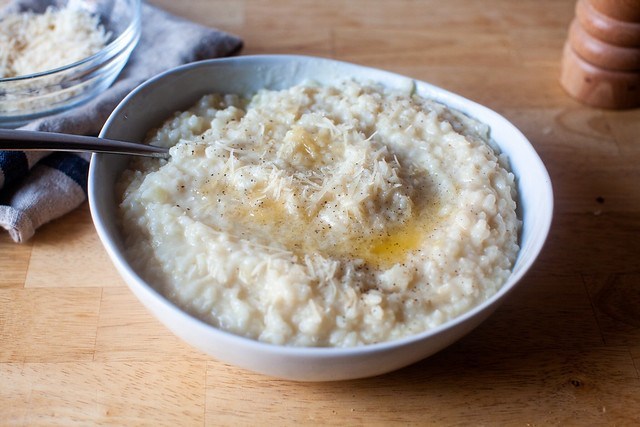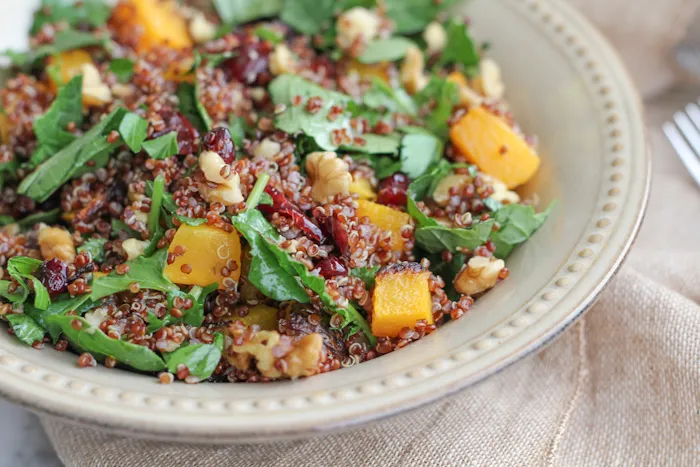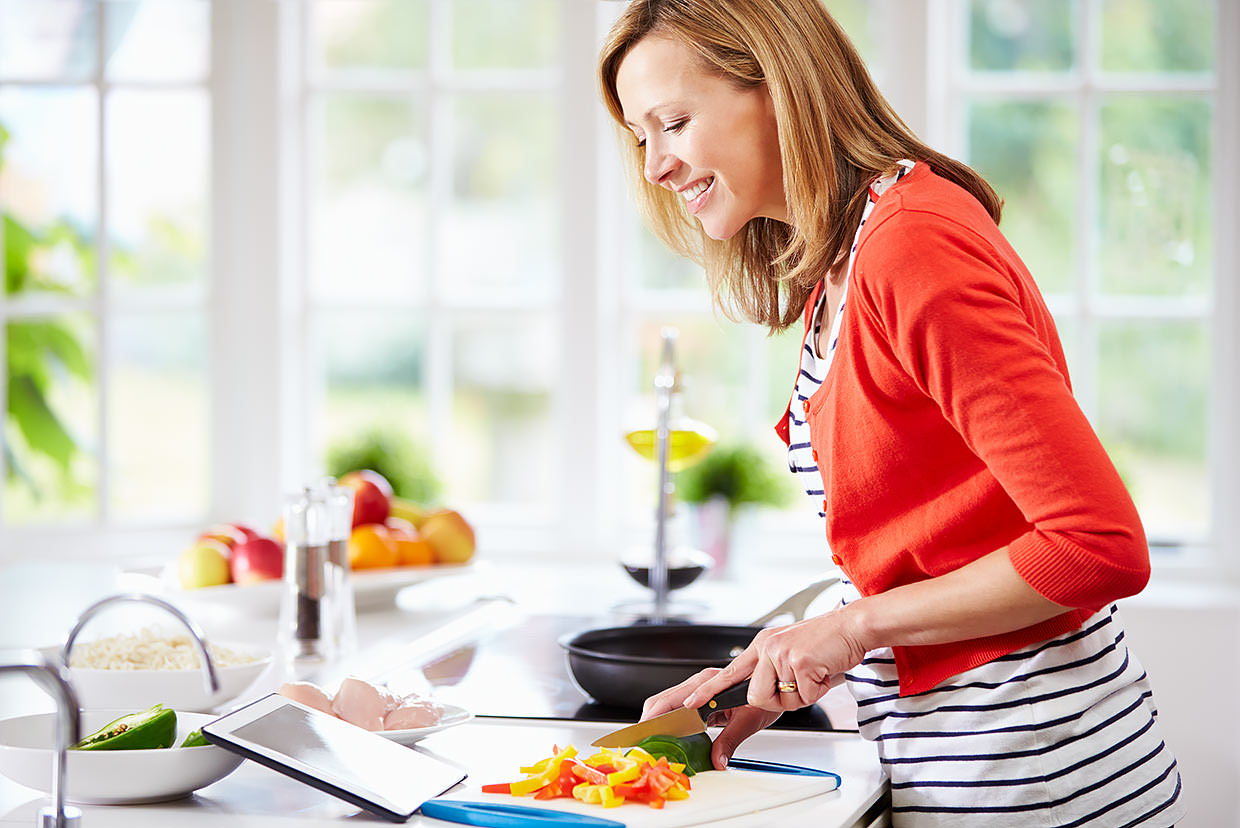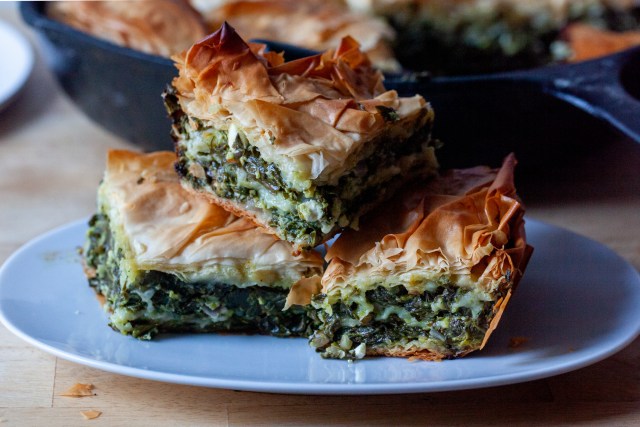Superfoods that are popular are often high in carbs, even if they are healthy and…

Parmesan Oven Risotto
I’ve always struggled with risotto, the classic Northern Italian rice dish that gets creamy from slow cooking in broth. Even when I’ve accepted the work involved — most recipes tell you to separately have a pot of warm broth and to ladle it in, stirring, for the better part of an hour — the flavor, which often tastes odd to me when I used non-homemade broth, or the texture, which seems perfect for about 5 minutes and then often too gloppy, throws me. And yet it’s one of the coziest things to make in the winter, and can even be used to distract children who believe that pasta is the only acceptable carb. The last year, as I’ve spent much time looking around my kitchen for simpler approaches to our favorite foods as we’ve been home for almost all of our meals [see: these tacos, this bolognese, this roast chicken, these cookies, this galette], I’ve realized that almost everything I believed was mandatory about risotto is not, and you can make this golden, cozy, rich bowl ignoring every “rule.” Lucky us.
Without further ado, here are four moderately controversial opinions about risotto:
- You don’t need to stir and you don’t need to make it on a stovetop. Risotto is creamy because the rice varieties used are starchy and due to the larger amount of liquid used to cook it, and it will get this way even if you’re not ladling in half a cup of hot stock at a time and stirring vigorously the whole time. These days I put it in the oven, walk away, and do whatever I’d like with the cooking time, and I’d like a refund on all the stirring time in previous cooking years.
- It’s better with water than a storebought stock. Risotto tends to concentrate flavors, and while the processed ingredients a boxed stock work fine in many complex soups, there are so few other flavors in risotto that I often find a tinny or off taste when I them exclusively as the liquid. With water, I find the other flavors I add more clear and pronounced, so a parmesan risotto like this one really tastes like parmesan.
- There isn’t one single exactly correct liquid measurement. Years of watching contestants struggle on Top Chef with risotto ingrained in my head that perfectly cooked risotto should, when spooned onto a plate, puddle a bit, and not remain in a heap, and that even the best chefs struggle with this because the amount of liquid required almost always requires some adjusting at the end. You, however, will not because because whatever judges you have around your table already unconditionally love everything you make (lol) and also because you’ve read this first.
- Vegetables on the side > vegetables in a risotto: When risotto is amazing, it’s because there’s a wonderful softness to the rice and a rich flavor. I’ve made a lot of mushroom, spring pea, and asparagus and/or greens risottos over the years before I realize I prefer my risottos uncluttered. Not only do I eat far more vegetables on the side than the couple ounces I could squeeze into a few cups of risotto, they’re almost always better when neither risotto-flavored nor textured. I love meals with contrast. Let risotto be risotto — creamy and luxe — and crisp sautéed mushrooms, garlicky greens, lemony, minty peas either spooned on top at the end or nestled alongside the creamy rice.

Parmesan Oven Risotto
I always save parmesan rinds because they provide an amazing boost in simple bean soups, minestrones, and even vegetable broths. You can freeze them almost forever. If you don’t have any saved — but you promise to going forward, right? — I’ve found that most stores that sell grated parmesan they’ve packed themselves also sell the rinds they have leftover, or will if you ask. Here, if you have any, throw them for extra flavor. You can either do this right away, or if you have 10 minutes to spare, you can infuse them further in a quick broth.
- 1 tablespoon (15 grams) olive oil or unsalted butter
- 1 medium white or yellow onion, finely chopped
- 3 garlic cloves, minced
- 1/2 cup (120 ml) dry white wine, 1/3 cup (80 ml) dry vermouth, or 2 tablespoons (30 ml) white wine or champagne vinegar
- Kosher salt and freshly ground black pepper
- A couple parmesan rinds, if you have (optional, see Note)
- 5 cups (1.2 liters) water
- 1 cup (195 grams) uncooked arborio, carnaroli, or another short-grained rice, such as sushi rice
- 3 tablespoons (45 grams) unsalted butter, divided
- 3/4 to 1 cup (about 85 to 90 grams) grated parmesan cheese
Heat oven: To 350°F.
Make risotto: In 4-quart Dutch oven or deep, oven-safe saucepan with a lid, heat oil over medium heat. Add onion and garlic and cook until softened, about 4 minutes.
If you’re using parmesan rinds and have 10 minutes to spare: Add wine or vinegar to onion and garlic and cook until it boils off. Add water, 2 teaspoons kosher salt, many grinds of black pepper, and your parmesan rinds and bring the mixture to a boil. Reduce to a simmer, cover pot, and simmer 8 to 10 minutes. This gives the rinds a chance to infuse the broth a bit more deeply before making the risotto. Leave the rinds in the pot, add the rice, and give it a stir. Replace the lid, and transfer the pot to the oven.
If you’re not using parmesan rinds, or you’re using them but are in more of a hurry: Add rice to onion and garlic mixture and cook, toasting gently, for 2 minutes. Add wine or vinegar to rice mixture and cook until it boils off. Add 5 cups water, 2 teaspoons kosher salt, many grinds of black pepper, and parmesan rinds (if using) and bring mixture to a simmer. Place lid on pot and transfer to the oven.
Both methods: Bake risotto in the oven for 25 to 30 minutes, or until most of the liquid is absorbed, but it looks a tiny bit watery.
To finish: Transfer pan to a trivet or cooling rack on your counter. Remove lid, fish out and discard parmesan rinds, and stir mixture for 2 minutes, or until the mixture looks more creamy and risotto-like. Taste and adjust seasonings, adding more salt and pepper to your taste. Add most (about 2 1/2 tablespoons) of the butter to the risotto and stir well to combine. Reserve 1/4 cup grated cheese to finish, and add the rest — using the smaller amount for a moderate parmesan flavor and the larger amount for a more robust one, stirring to just combine.
To serve: Scoop into a serving bowl. Finish with remaining pat of butter, more black pepper, and reserved cheese.







